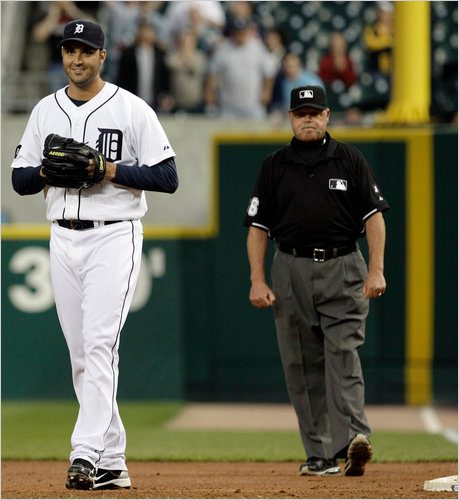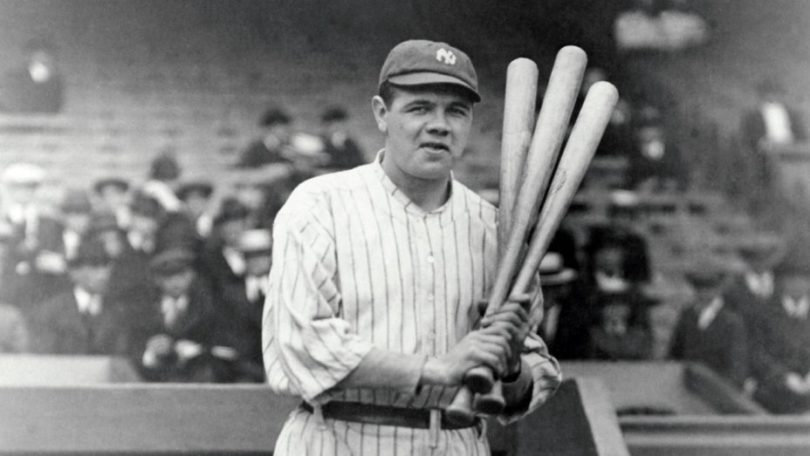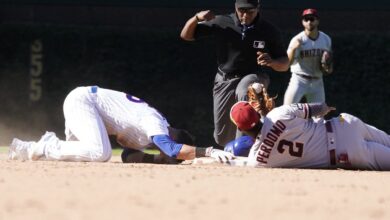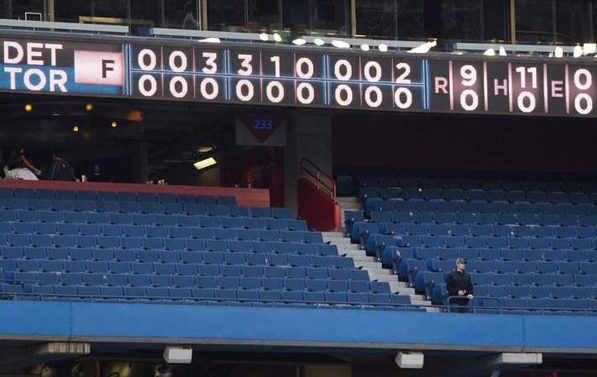

It’s May 3, 2011, and the Chicago Cubs are playing the Los Angeles Dodgers with Aramis Ramirez at the plate in the top of the fourth inning. He gets a good cut, the ball sails into the outfield and drops against the wall for a possible double.
Ramirez hustles to second base, and as he touches the base, the umpire — identified as the third base umpire by the commentator — signals Ramirez safe. Then, within a second, reverses his call to an out. Ramirez, in obvious frustration, shows his confusion in his facial expression and strong body language. Though Ramirez does a great job of restraining himself, he stands stunned for a few moments, accepts his fate and walks off the field. The instant reply shows Ramirez did tag the base and, therefore, should have been safe. From the camera’s perspective, it appeared that Ramirez kept his foot on the base the entire time.
I’m sure many would say, “well, it’s just another day in baseball” or “it’s normal, bad calls are made all of the time, and there’s not much anyone can do about it.” Is there some kind of solace to be found with the infallibility of the baseball umpire? Are there thousands, perhaps millions, of baseball fans out there who resign themselves to the all-knowing, all-seeing powerful eyes of the men in black? I often wonder just how many teams have placed a check mark in the loss column because of mistaken umpires. Another case in point for the expanded use of instant reply in baseball?
The use of instant replay in baseball dates back to 1999 and was first used in a Florida Marlins home game at Pro Player Stadium. In 2008, instant reply became official when Commissioner Bud Selig recognized the emergence of new “extraordinary” technology. On October 31, 2009, instant replay was used in the third game of the World Series when, in the fourth inning, Alex Rodriguez hit a ball that bounced off the camera in right field. Initially played as a double, umpires reviewed the play and determined that had the camera not been in its location, the ball probably would have exited the park, and a home run was awarded to Rodriguez, making the score 3-2. The Yankees beat the Phillies in that game 8-5. Therefore, instant replay has already sparked controversy in the MLB.
Some fans are upset that the MLB system is limited to home run calls and believe replay reviews should be used in other areas of the game where missed calls frequently arise, such as base running (whether a player is safe or out on the bag); plate calling (whether a player is out or not on a bad call by the umpire behind home plate); non-fair fly ball spectator interference (whether a player should be called out on foul balls); fair or foul (whether the ball landed in fair territory); and whether or not a batter is hit by a pitch.
But no matter what the fans may think, MLB has yet to proactively utilize instant replay on a regular basis. The game still is judged by the men in black by sight, feel and sound, and probably will be for years to come.





